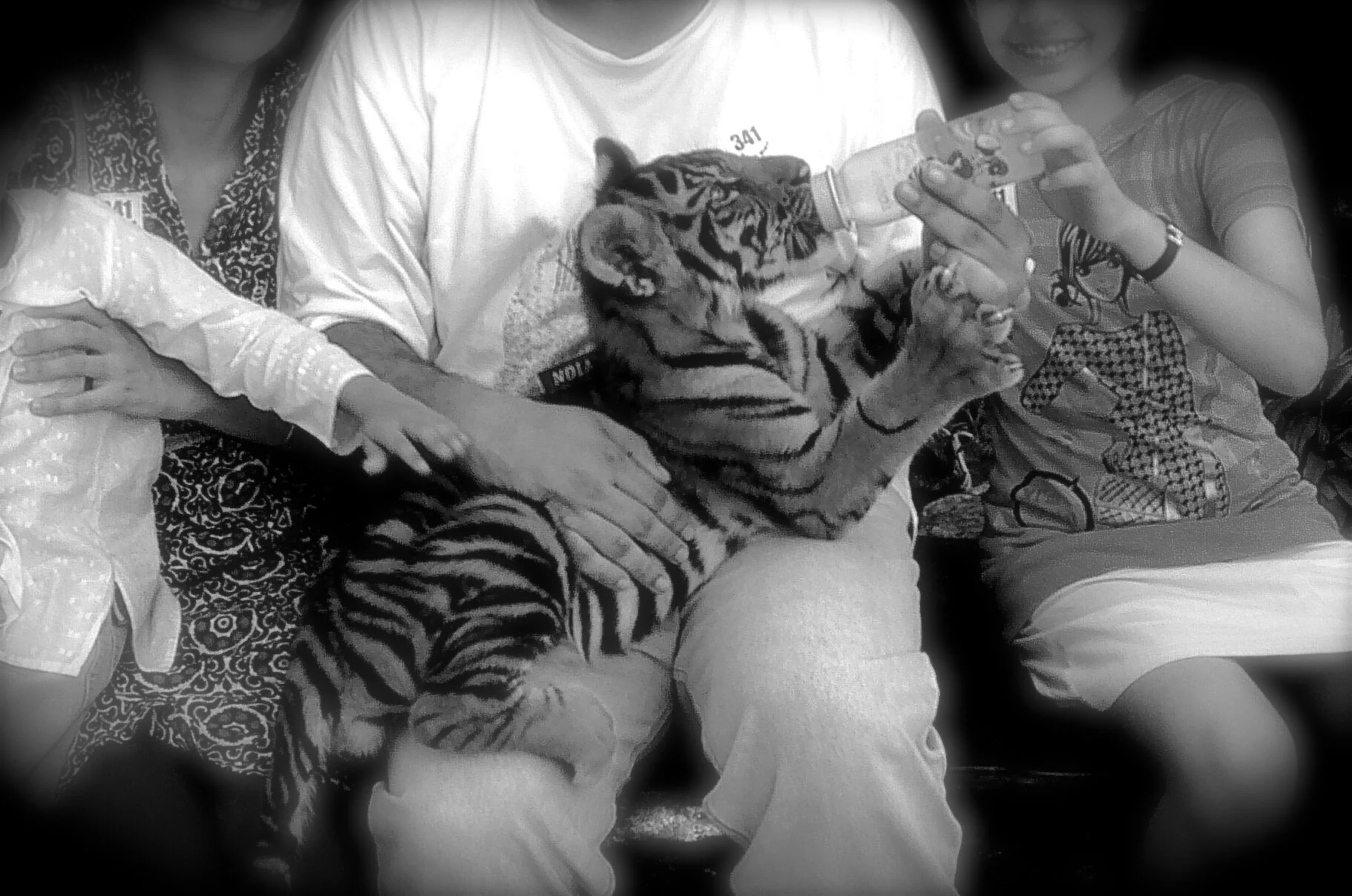“I’m asking people to change their minds and their practices, and the human species, for all its remarkable intelligence, adaptability and resourcefulness, is not very good at changing its mind. As a consequence some of the people I find myself in conflict with do some quite unpleasant things in order to try and dissuade me from my mission. Not that it’s going to work. I am resolute in my determination.”
Some truths remain self-evident, even in this crazy, ever-changing world we find ourselves in. The forced lockdown on ecotourism, for example, is threatening conservation efforts worldwide. We know this. Airlines are no longer flying, transnational borders are closed and the many, many local people who live in the developing countries that still have the wilderness and wildlife left to conserve are out of work, going hungry and running out of options.
That’s just one reason why the New Big 5 project — wildlife photographers’ campaign to name a new “big five” group of iconic animal species, this time focused (pun unintended) on photography rather than big-game hunting — is not only a welcome diversion but serves a useful function, too. The New Big 5 website shines a spotlight on a number of vital related but unrelated issues — what you and I and all of us can do to help the world’s wildlife, for example. Animals across the planet need our support more than ever, so it’s good to know there are some things we can all do that don’t necessarily require deep pockets and exotic trips to see mountain gorillas, polar bears and snow leopards in their natural habitat.
The early days of the pandemic saw a captive audience (again, pun unintended) binge-watching the likes of Tiger King on Netflix, which — while fun to watch — skirted the wider issue of whether it’s moral or even practical to keep wild animals penned up in cages strictly for our amusement and entertainment.
It shouldn’t come as any surprise, then, to see that two of the “5 Things You Can Do to Help the World’s Wildlife” on the New Big 5 website’s home page, is to choose activities that don’t commercially exploit animals (No. 2) and avoid wildlife selfies (No. 4).
It’s worth noting, for example, that even a well-respected, well-intended — and popular — reality-TV competition program like the multiple Emmy Award-winning The Amazing Race ran a leg through Thailand’s Tiger Temple one season, where Buddhist monks, who supposedly revere tigers, charged tourists — and Amazing Race contestant teams — to have their picture taken with tiger cubs. Within months of The Amazing Race giving the Tiger Temple the kind of publicity money can’t buy, investigative journalist Sharon Guynup and National Geographic photographer Steve Winter — one of the photographers who has given his time and expertise to the New Big 5 Project — exposed the Tiger Temple as a kind of glorified, exotic puppy mill, with all that that implies. The Temple was shut down and the tiger monks disbanded, but it has since reestablished itself as a tourist attraction — until, that is, the Covid-19 pandemic and subsequent lockdown, well, locked everything down again.
That, too, shall pass, though — one day. The New Big 5’s list of five things you can do to help wild animals will apply long after Covid-19 is, hopefully, just another bad memory.
The five:
1. Avoid buying wildlife products.
That isn’t just ivory or tiger bone, but also exotic pets. As a general rule, any online sales pitch that says you’re helping conservation by buying animal products, isn’t. If conservation is your priority, donating to local, community based NGOs — school supplies, clothing, food etc. — is money far better spent, especially during the Covid pandemic.
2. As mentioned earlier, choose activities that don’t commercially exploit animals.
Elephant rides are not good for the elephants, and “walk with lions” excursions have more to do with feeding the canned hunt industry (you don’t want to know, but just as bad as it sounds) than anything to do with lion conservation.
3. Protect our ocean environments from more pollution.
In a word, lose the plastic. Choose refillable bottles and coffee cups over the Starbucks and Safeway kind, for example. Big companies like Starbucks and Safeway are determined to destroy the environment through their actions, and they’re using Covid panic as an excuse to help them do it.
4. As mentioned earlier, avoid wildlife selfies.
It’s not just that tiger cub selfie at a mock temple in Thailand, either, but that grotty roadside attraction in Oklahoma run by a dyed-in-the-wool weirdo. The Instagram generation, too, has encouraged a whole new group of morons to harass bears and wolves in national parks, all for the sake of an “I was there!” memory shot. That’s not an issue now, while most parks remained closed to visitors, but it will be when the lockdowns ease and national parks open again.
5. Say no to eating whale meat.
Frankly, I never said yes to begin with — my weakness is fast food, which Greta Thunberg, Chris Packham and others will tell you is worse, and they may be right — but opting not to chow down on whale meat seems like a small price to pay for, well, saving a whale.
The New Big 5 Project has endorsed IFAW’s “Meet Us, Don’t Eat Us” campaign, which asks tourists to whaling countries to consider whale-watching tours — again, not ideal, because of the sound distortion caused by boat engines — over sampling whale meat. Yes, hard as it may be to believe — if you live in a country, for example, where whale meat is not on the menu — that’s a thing.
Or better yet, as New Big 5 founder Graeme Green suggests, visit the International Fund for Animal Welfare’s main website (www.ifaw.org) and follow them on Instagram (@ifaw.global), for inspiration and for ideas on what you can do to help. Pandemic or no pandemic.


